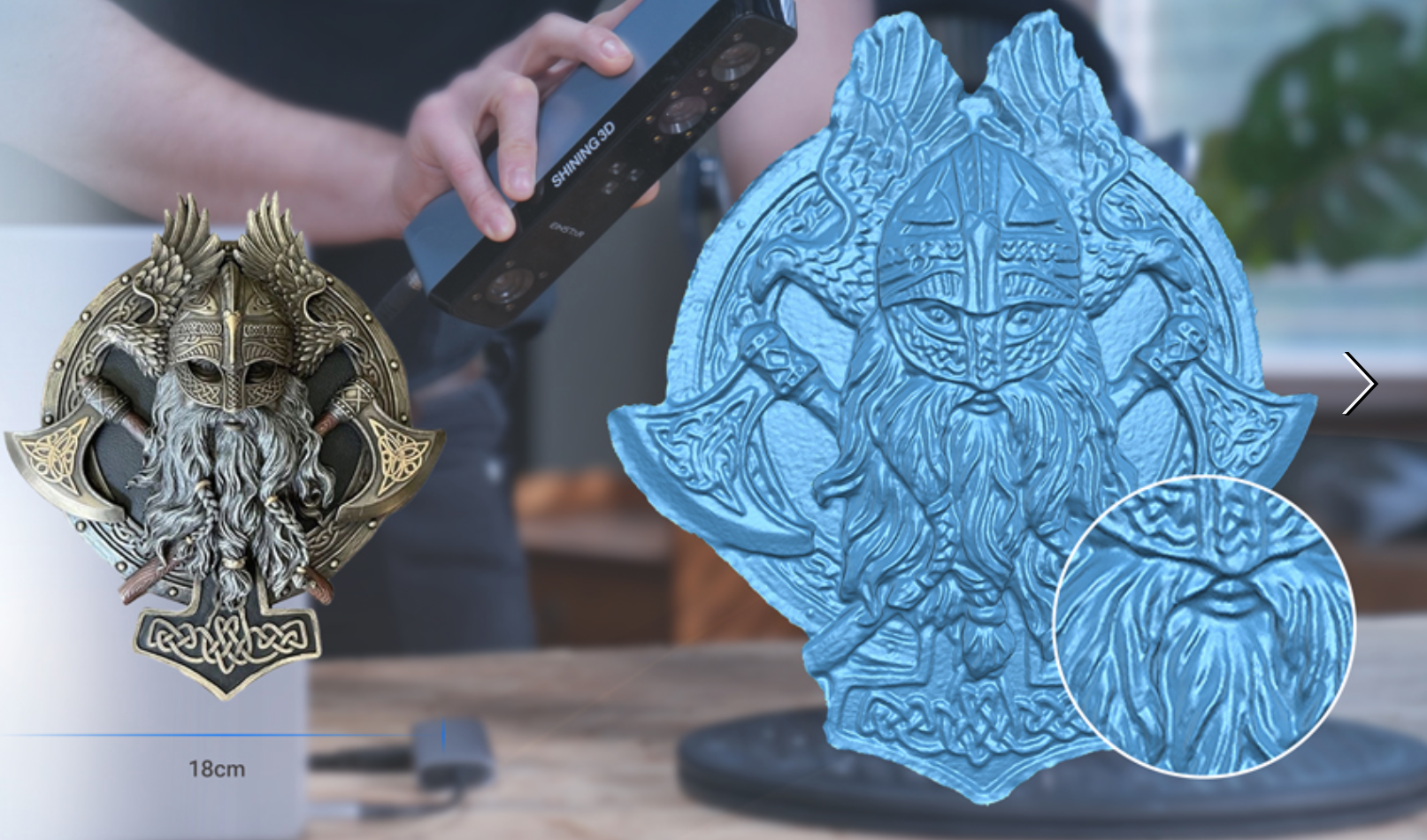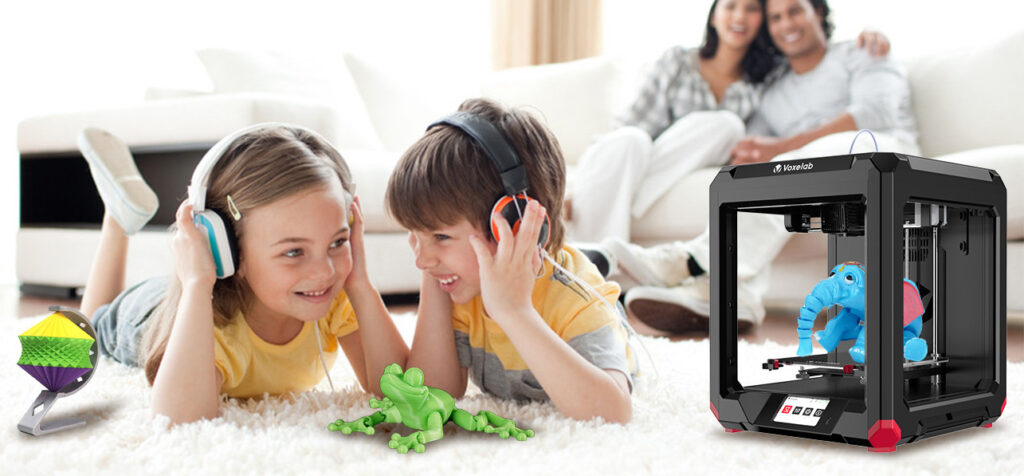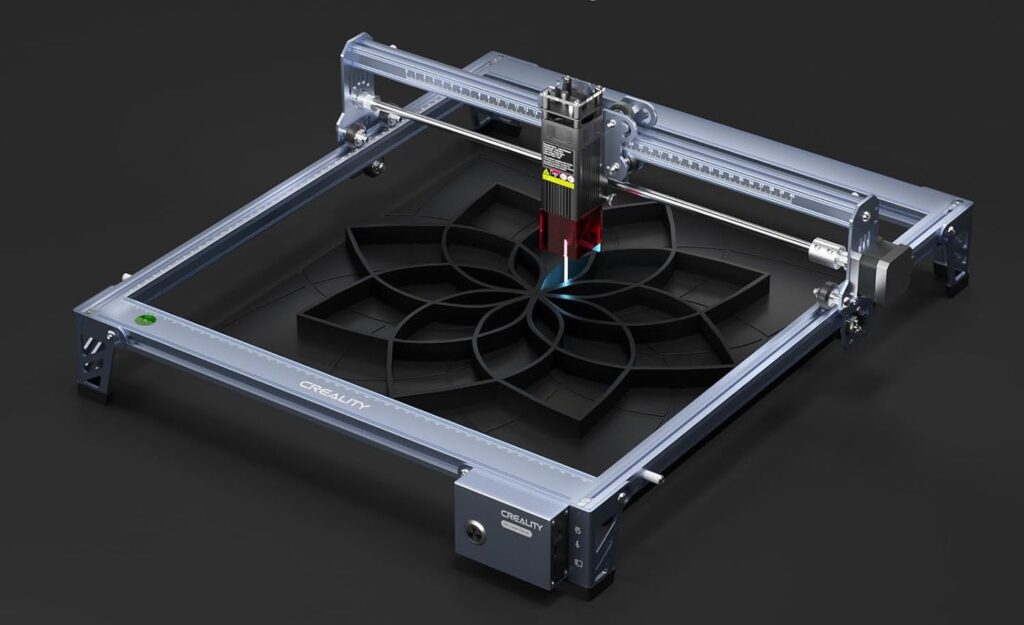Einstar Handheld 3D Scanner Review (2025) – Worth The Investment?
Discover if the Einstar Handheld 3D Scanner lives up to the hype in our hands-on review. We test accuracy, ease of use, and value for money for professionals and hobbyists alike.
My Journey with the Einstar Handheld 3D Scanner
Last month, I finally bit the bullet and invested in the Einstar Handheld 3D Scanner after months of researching portable scanning options. As someone who works with 3D models regularly but doesn’t have the budget for industrial-grade equipment, I’ve been searching for that sweet spot between professional capability and reasonable cost.
After using the scanner for several weeks on various projects, I wanted to share my honest experiences to help others who might be on the fence about making this purchase.
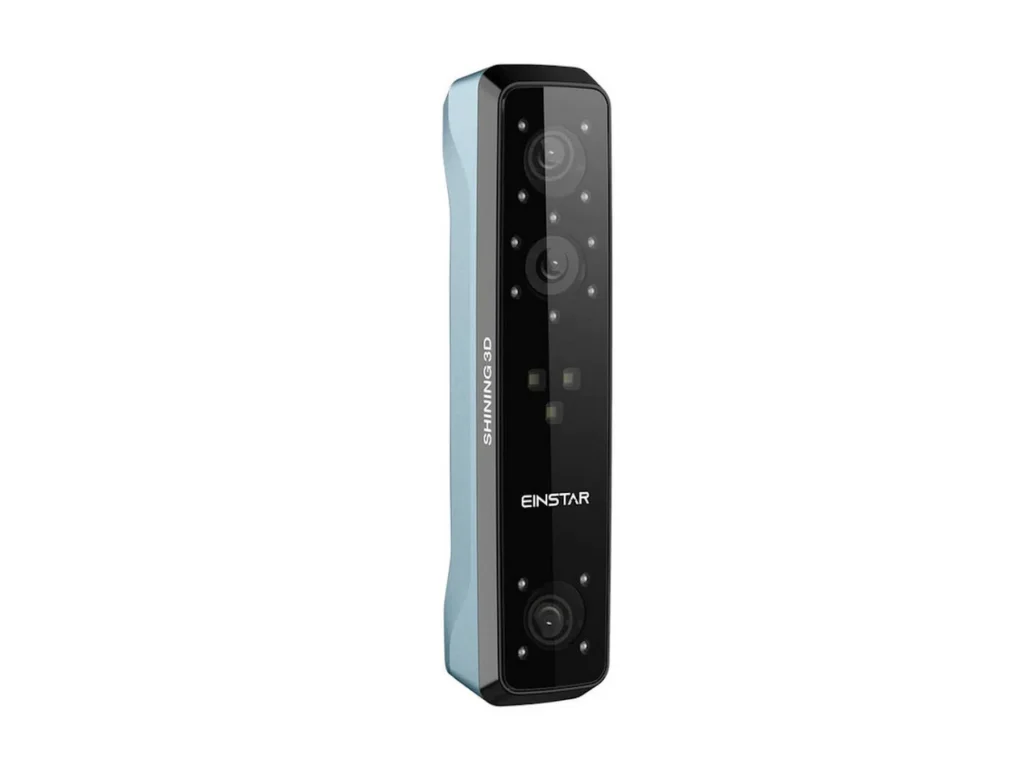
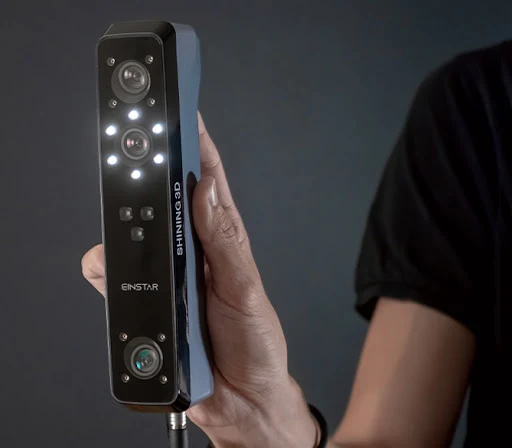
What Sets the Einstar Apart from Other Handheld Scanners?
The 3D scanning market is getting crowded, but the Einstar has managed to carve out its niche by focusing on three key areas:
Impressive Accuracy Without the Industrial Price Tag
The first thing that struck me was the accuracy. The Einstar boasts a scanning accuracy of up to 0.1mm, which frankly surprised me given its price point. When I scanned a detailed chess piece and compared the results to scans from a scanner costing three times as much, the differences were minimal.
For most professional applications outside of specialized industrial needs, this level of accuracy is more than sufficient. I’ve used it for product prototyping and architectural model creation with excellent results.
Genuinely User-Friendly Operation
I’ve used other portable scanners that claim to be “user-friendly” but require a engineering degree to operate properly. The Einstar, however, delivered on its promise of accessibility.
The setup took less than 15 minutes, and the intuitive software interface guided me through my first scan without confusion. The real game-changer is the tracking system—I didn’t experience the frustrating tracking loss issues that plague many handheld scanners, even when scanning reflective objects.

Versatility Across Different Object Types and Sizes
Over the past few weeks, I’ve scanned everything from small figurines to furniture pieces. The Einstar handled the variety impressively well:
- Small objects (1-10cm): Excellent detail capture
- Medium objects (10-50cm): Consistent quality throughout
- Large objects (50cm+): Required multiple scans but stitching worked smoothly
The texture mapping capability is another standout feature. The color capture is accurate enough for most applications where visual representation matters alongside dimensional accuracy.
Real-World Performance: Where It Shines and Where It Struggles
The Good Stuff
Battery life exceeded my expectations. I completed three medium-sized scans on a single charge with power to spare. The official spec claims 4 hours of continuous operation, and my experience supports this.
Processing speed is another highlight. The onboard processing handles initial data management efficiently, and the included software converted my scans to usable 3D models within minutes rather than hours.
Export options are comprehensive, supporting all the standard file formats (OBJ, STL, PLY) plus some less common ones, making integration with various 3D software painless.
The Not-So-Good Stuff
It wouldn’t be an honest review without mentioning some limitations.
Very glossy surfaces still present a challenge, though less so than with other scanners I’ve used. I found that a light dusting of scanning spray helped with highly reflective objects.
Outdoor scanning is possible but not ideal. Bright sunlight interfered with the scanning precision, so I got the best results either indoors or in shaded outdoor areas.
Software updates have been somewhat irregular. There were two minor bugs I encountered that required workarounds until an update was released three weeks later.
Value Assessment: Is It Worth Your Money?
The Einstar sits in the mid-range price bracket for handheld 3D scanners (currently around $2,500-3,000 depending on the package). Whether this represents good value depends entirely on your needs:
For professionals who need industrial-grade precision for manufacturing applications, this might serve as a supplementary tool rather than your primary scanner.
For product designers, artists, educators, and small business owners who create 3D models regularly, the value proposition is compelling. The combination of accuracy, ease of use, and reasonable price point makes it an excellent primary scanner.
For hobbyists just getting started with 3D scanning, this might be overkill unless you’re certain about your long-term commitment to 3D modeling.
My Personal Verdict After One Month
After working with the Einstar extensively, I can confidently say it has improved my workflow efficiency. Projects that previously required outsourcing or compromising on quality can now be handled in-house with professional results.
The learning curve was gentler than expected, and the support from Einstar’s team has been responsive when I’ve had questions.
Could I have found a cheaper option? Definitely. Would I have gotten the same results and experience? Not likely. The Einstar hits that rare balance between professional capability and accessibility that makes it worth the investment for serious users.
Who Should Consider the Einstar Handheld 3D Scanner?
Based on my experience, the Einstar would be particularly valuable for:
- Product designers needing to reverse engineer or iterate on physical prototypes
- Digital artists creating realistic 3D assets
- Small manufacturing businesses that need occasional high-quality scans
- Educational institutions teaching 3D modeling and fabrication
- Architects who need to capture existing structures or create detailed models
If you fall into any of these categories and have been making do with lower-quality scanning solutions or expensive outsourcing, the Einstar deserves your consideration.

Final Thoughts and Purchasing Advice
If you’re seriously considering the Einstar, I’d recommend the complete package that includes the carrying case and additional software features. The standard package works fine, but the premium features have saved me considerable time in post-processing.
Look for seasonal promotions—I purchased during their spring sale and saved about 15% off the regular price. They also offer educational discounts if that’s applicable to your situation.
The Einstar Handheld 3D Scanner won’t be the right fit for everyone, but for professionals and serious enthusiasts needing reliable, high-quality 3D scanning without industrial-level investment, it strikes an impressive balance of capability and cost.
>>>Shop for Your Einstar 3D Scanner Now on MatterHackers<<<
[Note: This review is based on personal experience with the Einstar Handheld 3D Scanner. If you purchase through links on this page, I may earn a small commission at no additional cost to you.]
